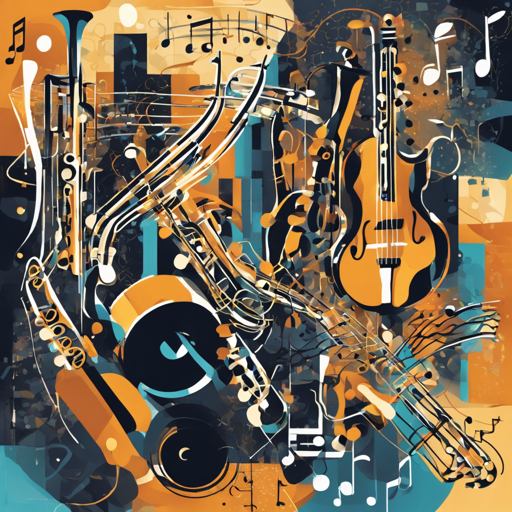Welcome to the world of deep learning, where creativity meets technology! In this article, we’ll explore how to leverage Keras and Theano to create mesmerizing jazz music through a project called deepjazz. Although deepjazz is no longer actively developed, its core concepts can still inspire budding developers and musicians alike. Get ready to unlock your inner jazz maestro!
Understanding DeepJazz
DeepJazz is a fascinating project that exemplifies the potential of artificial intelligence in music composition. Built in just 36 hours during a hackathon, it utilizes Keras and Theano, which are powerful deep learning libraries, to generate jazz music from MIDI files. It employs a two-layer Long Short-Term Memory (LSTM) network, allowing it to learn and replicate melodic patterns found in jazz music.
Dependencies
Before diving into generating jazz, ensure you have the following dependencies installed:
Running the Generator
Now that you have the essentials, it’s time to generate some jazz! You can run the generator on either your CPU or GPU:
To run on CPU, use the command:
python generator.py [# of epochs]To run on GPU (note: only NVIDIA cards are supported for Keras and Theano), use the command:
THEANO_FLAGS=mode=FAST_RUN,device=gpu,floatX=float32 python generator.py [# of epochs]Understanding the Code Analogy
Think of the deepjazz generator like a jazz band. Each musician (layer of the model) plays a role in creating the overall music experience:
- The LSTM layers act like skilled jazz musicians who learn the rhythm, melody, and feel of jazz.
- The MIDI files are like the sheet music, providing the essential notes and structures for the musicians to interpret and improvise upon.
- Finally, Keras and Theano function as the conductor, guiding the musicians (layers) to create harmonious music through machine learning.
Modifying the Preprocessing Steps
To adapt the generator for other MIDI files, you’ll need to modify the preprocess.py file, selecting the relevant melody MIDI part. While this can seem daunting, think of it as rearranging the sheet music for a different ensemble – it’s all about finding the right notes for the right instruments!
Troubleshooting
While working on your deep jazz creation, you may encounter some issues. Here are a few troubleshooting ideas:
- If Keras throws an error, ensure that all dependencies are correctly installed and compatible.
- If the GPU command doesn’t run, double-check your NVIDIA driver installation and CUDA configuration.
- In case the generated music doesn’t meet your expectations, try modifying the number of epochs for training.
- Lastly, for different MIDI file compatibility, confirm that the correct melody part has been selected in
preprocess.py.
For more insights, updates, or to collaborate on AI development projects, stay connected with fxis.ai.
Final Thoughts
With the possibilities offered by deep learning, the whispers of jazz are now just a few lines of code away. Although deepjazz has reached its end, the foundations it laid inspire countless creations to come. At fxis.ai, we believe that such advancements are crucial for the future of AI, as they enable more comprehensive and effective solutions. Our team is continually exploring new methodologies to push the envelope in artificial intelligence, ensuring that our clients benefit from the latest technological innovations.

